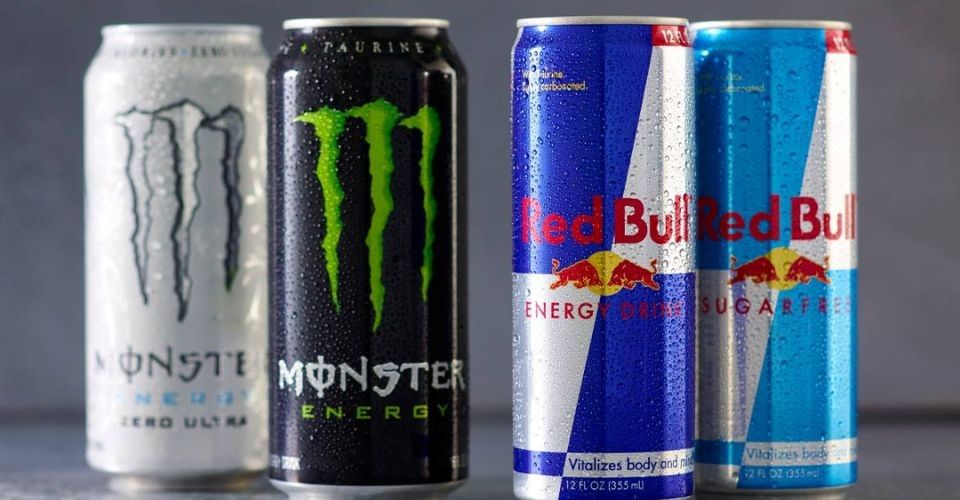The global energy drinks sector is effectively a duopoly, creating strong competitive advantages for Monster and Red Bull.
The two control a combined share of approximately 80% of the U.S. market and an estimated 50% of the $50 billion global energy drink market, according to Loomis Sayles Funds II.
Patiently built through non-traditional grassroots marketing, Monster’s iconic brand is a competitive advantage so difficult to replicate that even Pepsi and Coca-Cola were unable to make significant inroads into the profitable and growing energy drink market, despite more than a decade of effort and investment.
In 2014, Monster partnered with Coca-Cola to acquire a 16.7% stake in the company, and Monster became its exclusive energy drink partner.
The partnership gives Monster access to Coca-Cola’s unrivaled global distribution system, accelerating its pace of international expansion and expanding its scale advantages.
Loomis Sayles Funds II believes that energy drinks are here to stay and that the continued rise in per capita consumption in international markets will drive secular growth over its investment horizon.
Energy drinks
Kona Gold Beverage indicates that the energy drink industry continues to grow each year, with estimated sales of $14 billion in the U.S. in 2021, and sales expected to reach $53 billion worldwide.
While Red Bull dominated the industry in 2020, comprising approximately 25 percent of the energy drink market, Monster had a market share of approximately 15 percent.
The introduction of Red Bull in 1997, and many other energy drinks that followed in its footsteps, has helped make the energy drink sector a major consumer choice in the overall beverage sector.
The rise of Red Bull and Monster, which accounted for 40% of U.S. energy drink sales in 2020, has made the energy drink industry rival that of coffee.
Energy drinks have an average of 200 mg of caffeine, which is equivalent to about two cups of coffee.
![]()

